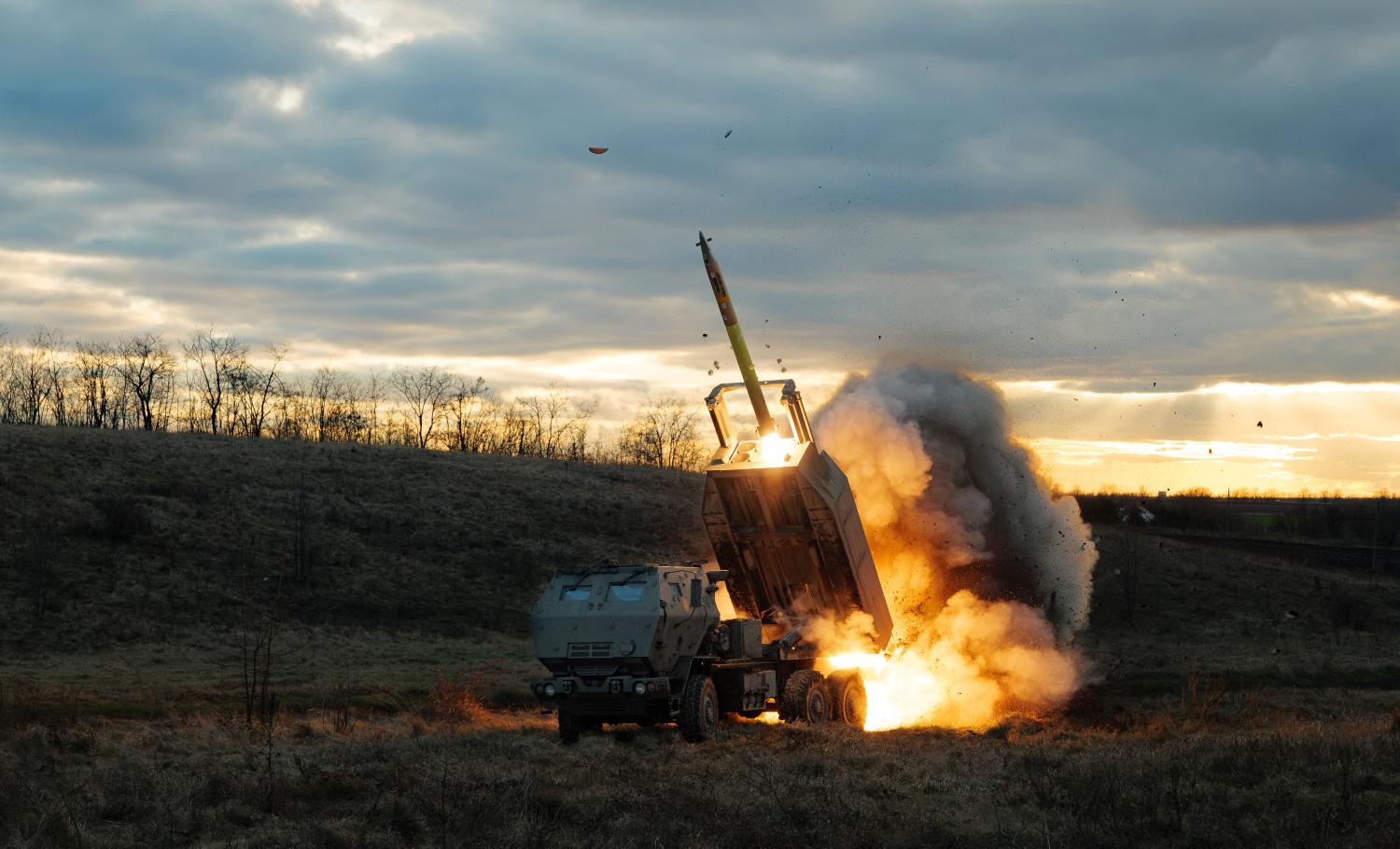In its 2024 National Defence Strategy, the Australian government outlined a requirement to hold adversaries at greater risk at an increased distance from Australian territory – that is, the Australian Defence Force was given the task of developing the capability to hit targets at great distances. In the accompanying Integrated Investment program, “targeting and long-range strike” was allocated 8% of capability investment in the decade to 2034.
Ukraine has drastically reduced the effectiveness of Russia's Black Sea Fleet.
Most of the systems likely to be procured for long-range strike will be high-end, sophisticated American (and possibly European) weapons that few nations can afford. This is appropriate, at least to a degree. In the case of the US-made Army Tactical Missile Systems (ATACMS) and British-supplied Storm Shadow missiles, such weapons have proven themselves to be exceptionally capable in the Ukraine war.
But the Ukrainians have also demonstrated an evolved approach to long-range strike that embraces a high-end/low-end mix of weapons and a combination of foreign and indigenous solutions.
These lessons should drive Australia to observe the war in Ukraine more closely. It is a reminder that indigenous solutions to military problems can sometimes be delivered more quickly, more cheaply and without complications of foreign objections to their use. And while the lessons from Ukraine need to be filtered through the unique context of Australia’s strategic environment (including geography, weather, vegetation, infrastructure and regional politics), there remains much Australia can learn from Ukraine’s evolving long-range strike complex.
Since February 2022, the Ukrainian Armed Forces have demonstrated the ability to adopt very precise long-range strike systems against Russian forces. The High Mobility Artillery Rocket System (HIMARS) was provided to Ukraine in June 2022. In 2024, these were complemented with the ATACMs system provided by the United States, a larger rocket with longer range than HIMARS. ATACMs has enhanced Ukraine’s ability to conduct strikes, and has complicated ground and air defence operations for the Russians. But, like all weapons, they are limited in numbers.
Indigenous solutions to military problems can sometimes be delivered more quickly, more cheaply and without complications.
Ukraine’s capabilities were also enhanced by long-range aerial weapons. Initially, the Ukrainians modified old Soviet-era surveillance drones for strike operations. In 2023, the provision of the UK-built Storm Shadow missile considerably extended the ability of the Ukrainian armed forces to strike Russian targets. It has forced the Russians to disperse and defend its headquarters, air defence systems, and logistics nodes. Ukraine has also developed multiple indigenous solutions, and it is likely that one of these new, long-range strike systems was used in the recent 1800 kilometre strike on Russia’s Olenya Airbase.
Another Ukrainian initiative in strike operations has occurred in the naval domain. Ukraine now has a family of uncrewed maritime strike vessels which it has employed against a dwindling Russian Black Sea Fleet. With almost no likelihood of developing its own conventional naval fleet to fight the Russians, the Ukrainians have developed uncrewed capabilities. Ukraine has drastically reduced the effectiveness of Russia's Black Sea Fleet, and recently Russia withdrew its remaining naval patrol vessel from its base at Sevastopol.
Ukraine’s strike capability has four primary missions. The first is to support operational and tactical activities. A second mission is to force Russia to make tough decisions about the allocation of scarce military resources. A third mission is to engage in economic warfare by degrading Russian energy and industrial capacity. Finally, Ukrainian strategic strikes have a political mission; they sustain political pressure on Putin and demonstrate that Russian narratives about inevitable victory are false.
What does this mean for Australia?
First, Australia should embrace a mix of high-end and low-end strike systems. One of the problems with Australia’s current plan for strike and uncrewed systems is that they are almost all sophisticated, expensive and low-density systems like Triton, Ghost Bat and the coming optionally-crewed vessels. The ADF should complement or replace these with large numbers of cheaper autonomous aerial, maritime and ground systems.
Second, the Australian government should invest more in indigenous innovation and production for these lower-end systems and provide tax incentives for investment in them from Australian sources, including superannuation funds. Australian companies produce rockets, rocket fuel, drones as well as situational awareness systems that can augment higher-end foreign systems. Indigenous solutions support local industry and guarantee supply in wartime. They also skirt the problematic issue of allies or suppliers potentially vetoing the use of their weapons in certain scenarios. A country like Australia will never “out-tech” a potential adversary like China. It can, however, out-think it with a different mix of systems and strike strategies.
Third, a strike complex must include drones for surveillance and attack, as well as high-end missile systems that are launched from land, air and sea. Not only does this approach pose a much larger dilemma to any adversary, having drones and missile launchers on land, sea and air ensures that strike operations can be scaled to the particular contingency, and that the components of the strike complex are more survivable.
Ultimately, the approach taken by Ukraine affords it multiple options for strike operations at an affordable cost. This is exactly what the Australian Defence Force needs in an era where strategic uncertainty is increasing, and our adversaries can produce defensive and offensive weapons in large quantities.

